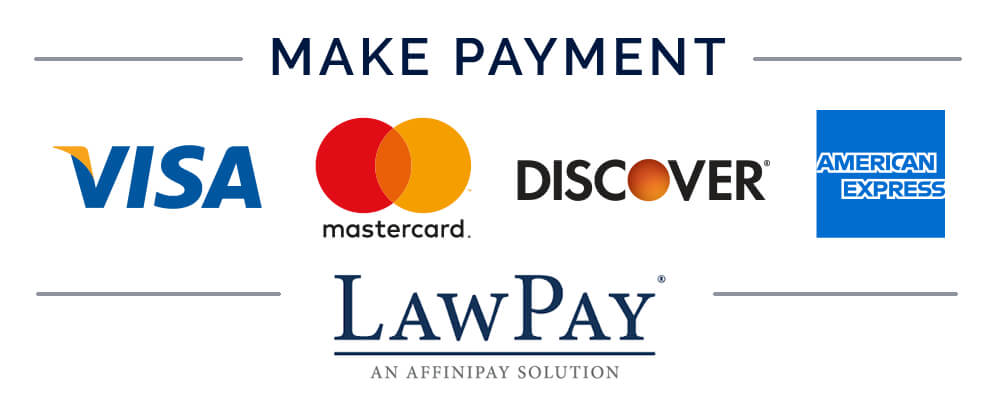If you’ve ever dreamed of working in the United States as a software engineer, accountant, scientist, or architect, the H-1B visa may be your ticket to making it happen. It’s one of the most sought-after work visas in the U.S., and for good reason — it opens doors to career opportunities, global experience, and even a path to permanent residency.
But with high demand, strict qualifications, and an annual lottery system, the H-1B visa process can be complex and intimidating. In this blog, we’ll break it all down — from who qualifies, how the process works, and what to expect once you’re in the U.S. — so you can approach your application with clarity and confidence.
What Is the H-1B Visa?
The H-1B visa is a non-immigrant, employment-based visa designed for foreign workers in “specialty occupations” — jobs that typically require a bachelor’s degree or higher in a specific field. It allows U.S. employers to temporarily hire international professionals when no qualified U.S. workers are available for the role.
This visa is especially common in industries like:
- Technology and IT
- Engineering
- Finance and Accounting
- Architecture
- Healthcare and Medicine
- Education and Research
It’s one of the primary ways that skilled international professionals legally work in the United States.
Who Qualifies for the H-1B Visa?
To be eligible for an H-1B visa, you must meet two main criteria:
1. A Relevant Degree or Equivalent Work Experience
You’ll need at least a bachelor’s degree (or its equivalent in work experience) in a field related to your job. For example, a software engineer would typically have a degree in computer science or a related discipline.
If you don’t have a degree but have extensive work experience, in some cases you may qualify if your experience can be shown to be equivalent to a degree through credential evaluations.
2. A Valid Job Offer from a U.S. Employer
You must already have a job offer from a U.S.-based employer who is willing to sponsor you for the visa. The job must qualify as a specialty occupation, meaning it requires theoretical or technical expertise in a specific field.
Key Features of the H-1B Visa
Here’s what makes the H-1B visa unique:
Employer-Sponsored: You can’t apply for this visa on your own. A U.S. company must file a petition on your behalf.
Labor Condition Application (LCA): Your employer must file an LCA with the U.S. Department of Labor to prove that hiring you won’t negatively affect U.S. workers.
Dual Intent Visa: The H-1B allows you to apply for a green card while holding this status — a significant advantage over some other non-immigrant visas.
Dependent Visas (H-4): Your spouse and children under 21 can join you in the U.S. Some H-4 spouses may even be eligible for work authorization.
How Long Can You Stay on an H-1B Visa?
An H-1B visa is granted for an initial period of 3 years, with the possibility of an extension for up to 6 years total. In certain situations, like if you’re in the process of obtaining a green card, you may be able to stay longer.
Initial stay: 3 years
Extension: Up to 3 more years (6 years total)
Beyond 6 years: Possible under AC21 portability if green card processing is delayed
The H-1B Cap and Lottery System
One of the biggest challenges in securing an H-1B visa is the annual cap and random lottery system used to distribute visas.
The Annual Cap
Each year, the U.S. government limits the number of new H-1B visas issued to:
- 65,000 regular cap for applicants with a bachelor’s degree
- 20,000 additional spots for applicants with a U.S. master’s degree or higher (master’s cap)
That means only 85,000 visas are available each year — and demand usually exceeds supply by far.
The Lottery
Because applications far exceed the cap, USCIS uses a random lottery system to select eligible petitions. The lottery typically takes place in March or April for the upcoming fiscal year beginning in October.
Even if you’re qualified and have a job offer, there’s no guarantee your petition will be selected.
The H-1B Application Process: Step-by-Step
If you’re applying for an H-1B, here’s how the process typically works:
Step 1: Find a Job and Employer Willing to Sponsor You
You must first be offered a job by a U.S. employer who understands and is willing to go through the H-1B process on your behalf.
Step 2: Employer Files Labor Condition Application (LCA)
Your employer submits an LCA to the Department of Labor, confirming that:
- You’ll be paid the prevailing wage for your position
- Your employment will not negatively affect working conditions for U.S. workers
Step 3: Employer Registers for the H-1B Lottery (If Cap-Subject)
Each year, USCIS opens a registration window. Employers must enter their petition into the system and wait to see if they are selected through the lottery.
Step 4: Submit Form I-129 Petition to USCIS
If selected, your employer files Form I-129 (Petition for a Nonimmigrant Worker) with USCIS, along with all required documents, fees, and evidence.
Step 5: Wait for Approval
USCIS will review the petition and respond with either an approval, a Request for Evidence (RFE), or a denial.
Step 6: Apply for Visa (If Outside the U.S.)
If you’re applying from abroad, you’ll attend an interview at a U.S. consulate to receive your visa before entering the country.
What Happens After Approval?
Once your H-1B is approved and you arrive in the U.S., you can begin working for your sponsoring employer under the conditions stated in your petition.
Some key rules:
- You must work for the sponsoring employer
- Any job change or employer switch requires a new H-1B petition
- You must maintain your visa status (working full time, no unauthorized leave, etc.)
Can You Switch Employers on H-1B?
Yes, you can switch jobs, but the new employer must file a new petition before you start working. The good news is, you don’t need to wait for the new petition to be approved — once it’s filed and received by USCIS, you may begin working under what’s known as H-1B portability.
Can You Apply for a Green Card on H-1B?
Absolutely. One of the best features of the H-1B is that it allows dual intent, meaning you can pursue permanent residency while on the visa.
Here’s how the process usually works:
- Your employer starts the green card process by filing a PERM labor certification
- They then submit Form I-140 (Immigrant Petition for Alien Worker)
- Once a visa number becomes available, you can apply for Adjustment of Status (Form I-485)
Many H-1B holders eventually transition to green cards through the EB-2 or EB-3 immigrant visa categories.
What Are the Limitations of the H-1B Visa?
While it’s a powerful visa, the H-1B does come with some limitations:
- Annual cap and lottery: There’s no guarantee of selection even if you’re qualified.
- Employer dependency: You must stay employed or risk falling out of status.
- Time limit: Unless you’re pursuing a green card, the maximum stay is 6 years.
- No freelancing or side gigs: You can only work for your sponsoring employer.
Tips for a Strong H-1B Application
If you’re planning to apply, here are some things that can help:
Choose an employer experienced in H-1B sponsorship
Make sure your degree matches your job duties
Keep records of your education, experience, and certifications
Respond promptly to RFEs (Request for Evidence) if issued
Work with an immigration attorney to avoid costly errors
Final Thoughts: Is the H-1B Right for You?
The H-1B visa can be life-changing. It offers skilled professionals the chance to work in the U.S., grow their careers, and even pursue permanent residency. But with high demand, strict regulations, and a competitive lottery, it’s important to get it right from the start.
Whether you’re an applicant or an employer, navigating the H-1B process doesn’t have to be overwhelming — especially with the right legal support.



